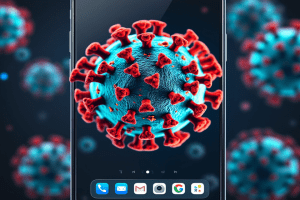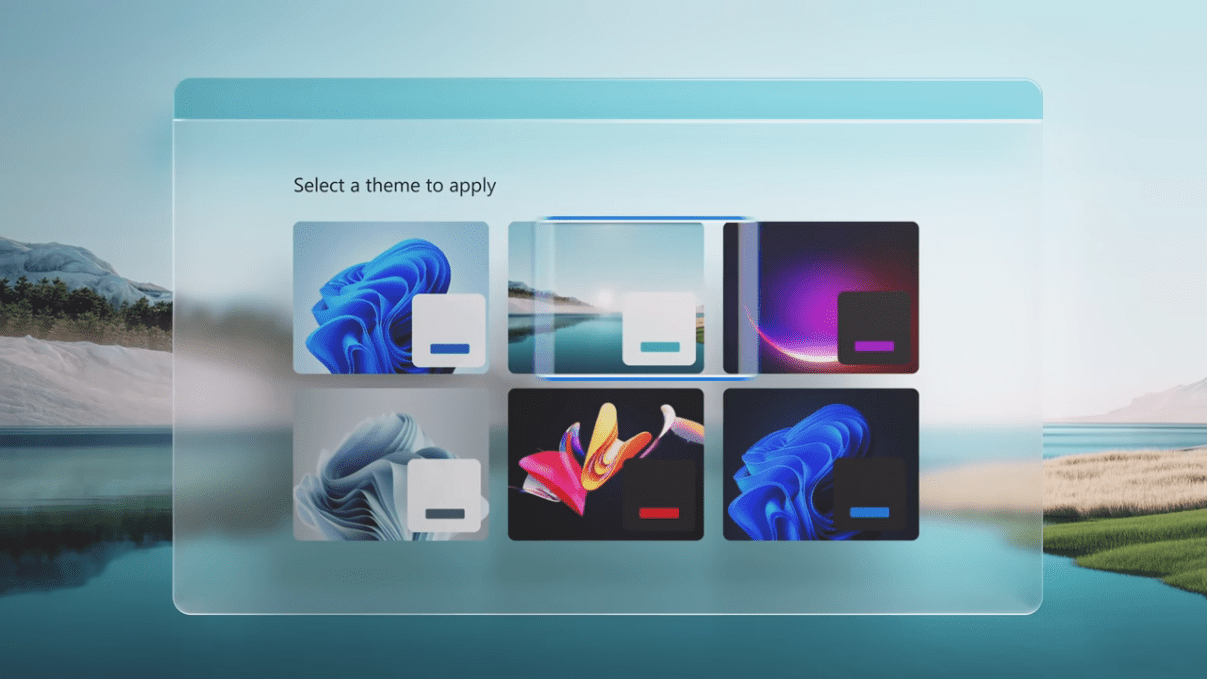Adapt your content from 4-Inch to 40-Inch — When adapting content from a 4-inch to a 40-inch display, several considerations must be made to ensure the content is optimized for the larger format:
Resolution and Pixel Density:
4-inch displays: Often have resolutions between 800×480 to 1920×1080 pixels, depending on the device. At this size, pixel density is crucial for clarity.
40-inch displays: Typically feature 4K resolution (3840×2160 pixels). The increased size means that pixel density becomes less critical for general viewing but still important for detailed graphics or text.
Adaptation:
Ensure your content scales well to 4K. Text and images should be crisp at this resolution. If your source material isn’t 4K, consider upscaling or redesigning with higher resolution assets in mind.
Aspect Ratio:
Most modern displays, regardless of size, use a 16:9 aspect ratio, but this can vary in older or specialized devices.
Adaptation:
Verify that your content fits the 16:9 aspect ratio common in 40-inch TVs. Avoid black bars or stretching by designing or adjusting content to match this ratio.
Viewing Distance and Content Size:
4-inch: Designed for close viewing where every pixel counts.
40-inch: The recommended viewing distance is about 5 to 7 feet, which changes how content is perceived.
Adaptation:
Text and UI Elements: Increase font sizes and UI element dimensions to be legible from a distance.
Visuals: Make sure images or video content have enough detail to look good when scaled up.
User Interface: Simplify the layout or use larger icons and buttons for ease of navigation from afar.
Content Layout:
On a smaller screen, vertical space is often more limited.
A larger screen provides more real estate for horizontal content and detailed information.
Adaptation:
Redesign layouts to take advantage of the wider screen. Spread out elements if appropriate, but maintain balance to avoid overwhelming the viewer.
Consider split-screen or multi-zone content for different information types or interactive elements.
Color and Contrast:
Larger screens often benefit from more contrast to keep content vibrant at a distance.
Adaptation:
Adjust color schemes for better visibility. Brighter, more saturated colors might work better for large screens, especially in well-lit environments.
Interactivity:
Small screens require simple, large touch targets, while larger screens allow for more complex interactions.
Adaptation:
If the content includes interactive elements:
Ensure buttons and interactive zones are adequately sized for precise selection.
Consider different input methods like remote controls or gesture controls for TV-sized displays.
Accessibility:
With a larger screen, consider accessibility features like high-contrast modes or larger text options that can be more easily adjusted.
Testing:
Always test your content on the actual hardware or emulate the conditions as closely as possible. What looks good on a small screen might not hold up on a larger one.
When you adapt your content from a 4-inch to a 40-inch screen, it’s not just scaling up visual elements but fundamentally rethinking how information is presented and interacted with, considering the different viewing environments and user expectations.








Leave a Reply
Your email is safe with us.
You must be logged in to post a comment.